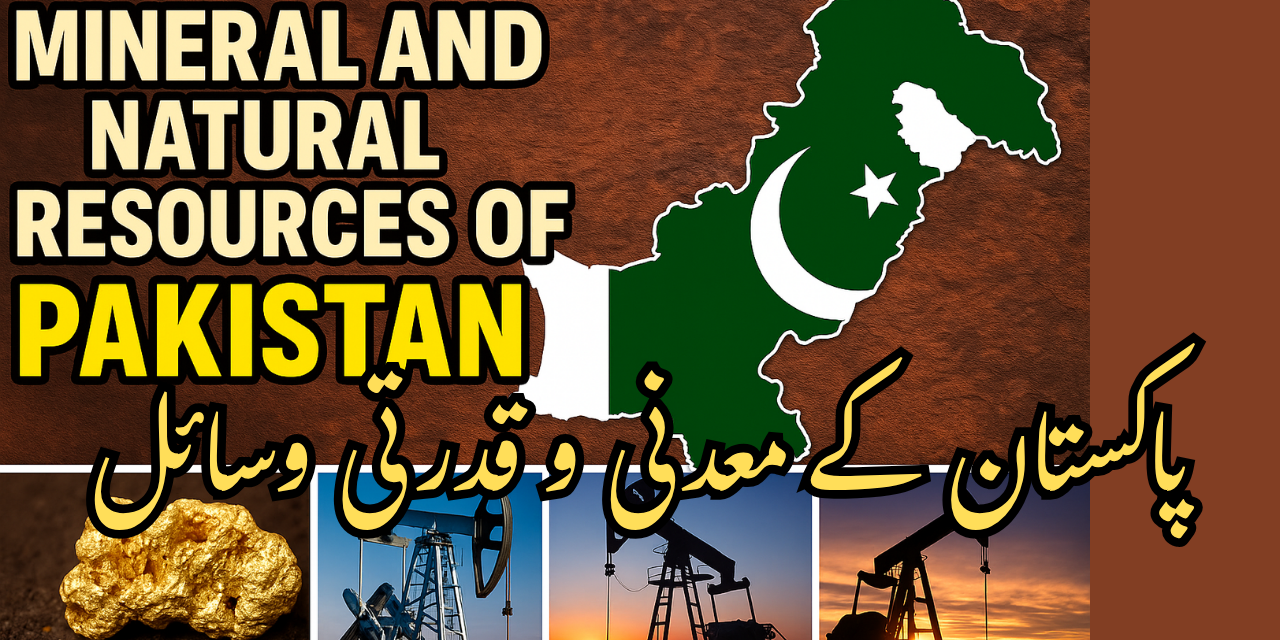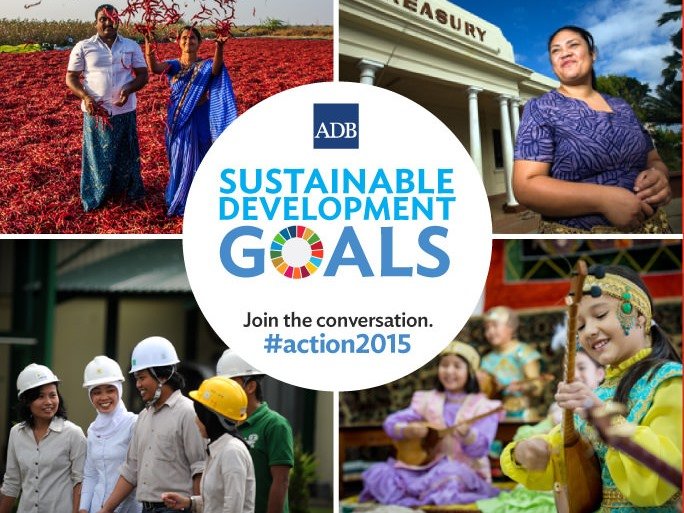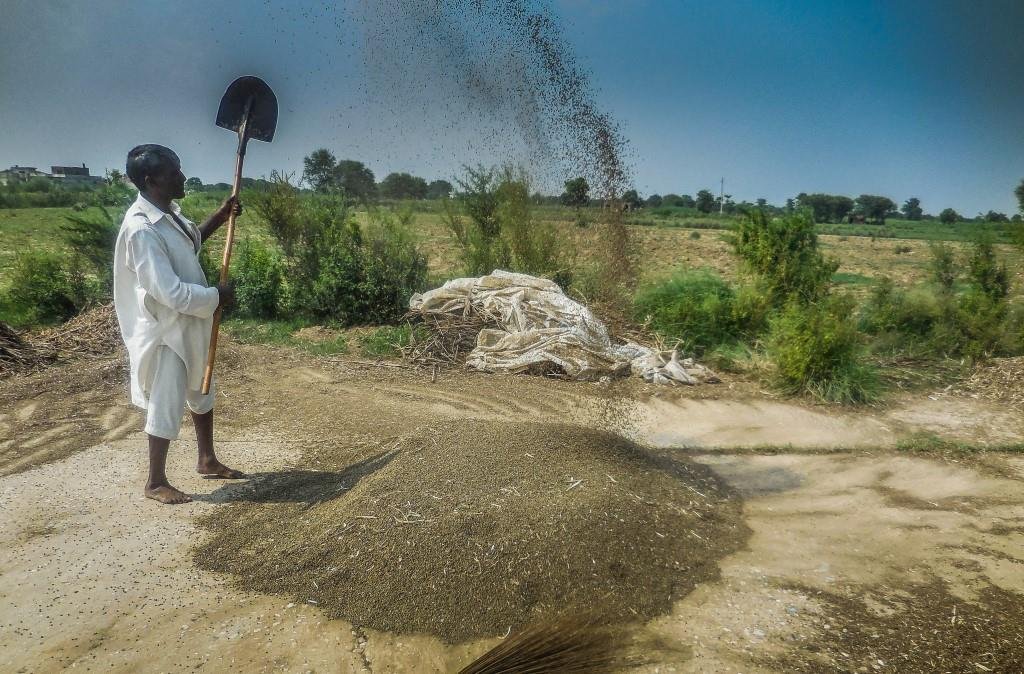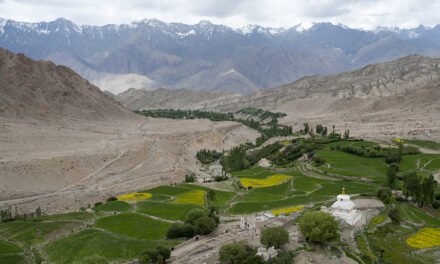By Fazal Khaliq
Pakistan is endowed with a vast array of mineral and natural resources, including some of the largest deposits of copper, gold, coal, salt, chromite, and gemstones globally. Despite this wealth, these resources have remained largely underexploited. This article examines the country’s most valuable mineral deposits, their global rankings, and explores the ways in which these reserves could significantly influence Pakistan’s future economic growth. It also highlights the challenges that must be addressed to fully harness these resources in a sustainable and inclusive manner.
Introduction
Mineral and natural resources constitute fundamental components of national wealth and economic development. Pakistan’s geology offers a rich repository of metallic and non-metallic minerals distributed across its provinces, with notable deposits of copper-gold in Balochistan, coal in Sindh, salt in Punjab, and gemstones in the northern regions. However, the mining and resource sectors currently contribute less than 1% to the country’s Gross Domestic Product (GDP), largely due to infrastructural, technological, and regulatory challenges (Paradigm Shift, 2024; Moderndiplomacy, 2025).
Valuable Mineral Deposits and Global Rankings
Copper and Gold
Pakistan’s Reko Diq mine in Balochistan contains one of the world’s largest untapped copper-gold deposits, estimated at 5.9 billion tons of ore with significant concentrations of both minerals. Globally, Pakistan ranks 5th in copper reserves, while its gold reserves at Reko Diq are among the largest undeveloped deposits worldwide (Moderndiplomacy, 2025; The Express Tribune, 2025a). The project is projected to generate approximately $2.8 billion in annual exports and sustain economic activity for decades (The News International, 2025).
Coal
The Thar coalfield in Sindh holds estimated reserves of 175–185 billion tons of lignite coal, placing it as the second largest coal deposit worldwide. Its exploitation could potentially supply affordable energy for industrial and domestic use for multiple decades (Paradigm Shift, 2024; The Express Tribune, 2025a).
Salt
The Khewra Salt Mine in Punjab is the world’s second largest salt mine with over 220 million tons in reserves. Notably, Khewra is the oldest operational salt mine globally, with mining activities dating back over two millennia (Wikipedia, 2007; Trade Development Authority of Pakistan, 2022).
Chromite and Gypsum
Chromite deposits, vital for stainless steel production, place Pakistan among the top 10 global producers. Gypsum and limestone are significant contributors to the construction and cement industries, underpinning infrastructure development (Paradigm Shift, 2024; Trade Development Authority of Pakistan, 2022).
Gemstones
Northern Pakistan, including Khyber Pakhtunkhwa and Gilgit-Baltistan, is a source of high-quality gemstones such as peridot, aquamarine, topaz, ruby, and emerald. While not leading global production by volume, Pakistani gemstones are notable for their exceptional quality and rarity (Wikipedia, 2007; Paradigm Shift, 2024).
Economic Influence of Mineral Reserves
Industrial and Export Growth
The development of Pakistan’s mineral wealth, particularly through the establishment of value-added industries like metal refining, cement production, and gemstone processing, has the potential to diversify exports and reduce import dependency (Moderndiplomacy, 2025; Paradigm Shift, 2024).
FDI Attraction
Global interest in Pakistan’s mineral projects, particularly copper and coal assets, serves as a magnet for Foreign Direct Investment (FDI). This inflow supports the modernization of mining infrastructure and facilitates the transfer of technology (The Express Tribune, 2025b; Moderate Diplomacy, 2025).
Employment and Regional Development
Development of the mining sector is labor-intensive and can contribute to creating jobs and economic opportunities, especially in underdeveloped regions such as Balochistan and Sindh, thereby helping reduce income disparities (Paradigm Shift, 2024; The News International, 2025).
Energy Security and Industrialization
The Thar coal reserves offer a strategy for energy security by providing affordable power. Reliable energy is fundamental for sustainable industrialization, which would stimulate economic growth through manufacturing and services (Moderndiplomacy, 2025; Paradigm Shift, 2024).
Government Revenues and Fiscal Health
Developing the mineral sector increases government revenues from taxes, royalties, and fees, thereby expanding fiscal space for public infrastructure and social welfare programs (The Express Tribune, 2025a; Trade Development Authority of Pakistan, 2022).
Geopolitical Leverage
As global demand for critical minerals rises, Pakistan’s reserves of copper, lithium, and rare earth elements position the country strategically in international mineral supply chains, enhancing geopolitical influence (The Express Tribune, 2025b).
Challenges and Considerations
Despite their potential, Pakistan’s mineral resources face hurdles such as inadequate technological infrastructure, security concerns, weak regulatory institutions, environmental sustainability issues, and limited skilled workforce availability. Addressing these factors is essential for maximizing economic benefits (Paradigm Shift, 2024; The Express Tribune, 2025a).
Conclusion
Pakistan’s mineral reserves represent a largely untapped economic asset with the capacity to accelerate industrialization, economic diversification, and regional development. Comprehensive policy reforms, investment in technology, and sustainable management are critical to transforming this potential into tangible growth outcomes. Harnessing Pakistan’s mineral wealth could integrate the country more firmly into the global economic system as a resource-rich emerging economy.
References
Moderndiplomacy. (2025, April 19). Pakistan’s mineral economy: Unlocking potential, building peace and prosperity. https://moderndiplomacy.eu/2025/04/19/pakistans-mineral-economy-unlocking-potential-building-peace-and-prosperity/
Paradigm Shift. (2024, March 28). Mineral resources of Pakistan. https://www.paradigmshift.com.pk/mineral-resources-in-pakistan/
The Express Tribune. (2025a, March 17). Mineral wealth stands at $8tr. The Express Tribune. https://tribune.com.pk/story/2534867/mineral-wealth-stands-at-8tr
The Express Tribune. (2025b, March 5). US can tap into Pakistan’s critical mineral riches. The Express Tribune. https://tribune.com.pk/story/2532288/us-can-tap-into-pakistans-critical-mineral-riches
The News International. (2025, April 28). Unearthing Pakistan’s $6tr treasure. The News International. https://www.thenews.com.pk/magazine/money-matters/1305724-unearthing-pakistans-6tr-treasure
Trade Development Authority of Pakistan. (2022). Analysis of minerals and metals sector of Pakistan: A case of gypsum [PDF]. https://tdap.gov.pk/wp-content/uploads/2022/03/Analysis-of-Minerals-and-Metals-Sector-of-Pakistan-A-Case-of-Gypsum.pdf
Wikipedia. (2007, June 10). List of minerals of Pakistan. https://en.wikipedia.org/wiki/List_of_minerals_of_Pakistan
If you need a formatted document or further assistance, feel free to ask!





